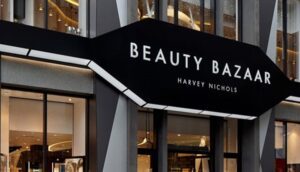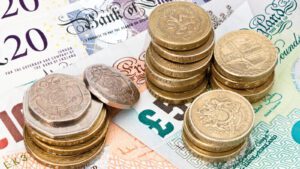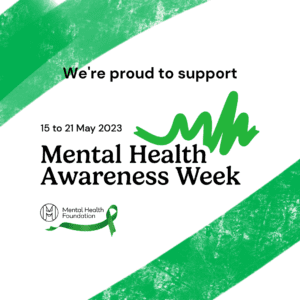Commitment to achieving Net Zero
Mode is committed to achieving Net Zero by 2045. We acknowledge that reducing our greenhouse gas emissions benefits our staff, employers, learners, suppliers, and stakeholders. We feel that as an educational establishment, it is our duty to educate wherever we can on the importance of achieving Net Zero.
Why?
The global race to remove carbon dioxide and other greenhouse gases from our atmosphere is on. The stakes could not be higher; emissions released by human activities are taking a catastrophic toll on our planet and propelling us further into an irreversible climate crisis.
The world’s major governments, scientists, and heads of industry have all agreed that urgent action is necessary to avoid further global warming. The general consensus is that the world must limit the global average temperature rise to 1.5°C by roughly halving our carbon dioxide (CO2) emissions by 2030 and reaching net zero by 2050.
World leaders agreed at the 2015 Paris climate summit to limit temperatures to well below 2oC, and 1.5oC if at all possible. This is because there really is no safe level of warming. It’s also because at 2oC, a number of island nations in the Pacific Ocean are under threat of being swallowed up almost entirely by sea level rises. At Paris, the governments of these countries lobbied hard for a target of 1.5oC to ensure their survival.
What are we doing at Mode?
We urgently need to stop adding to the problem, Climate change could be irreversible by 2030, and we need to act now. It is our responsibility to educate staff, suppliers, and learners on the impact of all of our actions. Mode has committed to achieving Net Zero by 2045.
The following should be noted:
Mode is based at one head office in a leased building. Our excellent relationship with the landlord has led to dialogue ensuring the building is resource efficient. All lighting is LED efficient bulbs, and corridor lighting is operated via sensors and only when movement is in the corridor. Discussions have taken place with the landlord regarding roof solar panels.
Changes we have made:
- Prior to covid, staff were spending time traveling across Liverpool City Region to deliver training and assess apprentices. During the pandemic, we utilised online virtual learning, some of which have continued. The nature of the programmes in particular the practical element we deliver, has not enabled us to deliver all of our programmes virtually. However, our hybrid approach to the programmes will see emissions below pre covid levels.
- Mode has limited direct emissions; we do have general office waste and have clear procedures in place on our journey to a fully paperless office. We have migrated to Office 365 and have reduced our paper usage by 70% in year 1.
- Staff attend sustainability training and are fully aware of the role they play and the responsibilities they have. We have a dedicated sustainability ambassador who supports the writing of policies and procedures and provides advice on positive change.
- Encouraging car sharing with staff who live on route to each other
- We are a registered employer with the government initiative “The Cycle to WorkScheme”
- All staff have purchased reusable coffee cups, water flasks and no longer usesingle-use disposable cups, clients who visit the training salon are encouragedto bring their own reusable cups.
- Hairdressing apprenticeship standards dictate the level of change we can makein our salon. However, we have been able to make some positive changes, including:
– Changing basin shower heads to ECO Showerheads
– Ensuring water is turned off in between shampoos
– Conservative use of shampoo and products
– Purchasing ECO-friendly products
– Refilling products when possible
– Purchasing energy-efficient equipment
Carbon footprint calculating can be considered carbon accounting, and as such, there are specific rules to follow. These rules are set by the Greenhouse Gas Protocol and split your greenhouse gas (GHG) emissions into three categories: scope 1, scope 2, and scope 3.
Scope 1: Direct GHG emissions that occur from sources controlled or owned by the organisation including fuel combustion and company vehicles.
Scope 2: Indirect GHG emissions associated with the organisation’s energy use, such as the purchase of electricity, steam, heat, or cooling.
Scope 3: Indirect GHG emissions that are not produced by the company itself but by those that it’s indirectly responsible for, up and down its value chain. Scope 3 emissions include all sources that are not within the scope 1 and 2 boundaries.
The formula used to calculate is: Activity Data x Emission Factor = GHG emissions
| Baseline year emissions: | |
| Scope 1 | |
| Scope 2 | |
| Scope 3 | |
| Total Emissions | |
| Current year report 2022 | |
| Scope 1 | |
| Scope 2 | |
| Scope 3 | |
| Total Emissions |
Copies of all Mode Policies and procedures can be obtained in large print. Please call 0151 709 4640 to request a large print copy or alternatively e-mail admin@modetraining.co.uk
To be read and understood by staff, learners, work experience providers, school mentors and all relevant partners.




